

Articles
How To Store Gel Ice Packs
Modified: February 20, 2024
Learn how to properly store and maintain gel ice packs with our informative articles, ensuring their long-lasting efficiency and effectiveness.
(Many of the links in this article redirect to a specific reviewed product. Your purchase of these products through affiliate links helps to generate commission for Storables.com, at no extra cost. Learn more)
Introduction
Gel ice packs are a convenient and effective solution for various purposes, including reducing swelling, relieving pain, and keeping perishable items cold. These packs contain a gel-like substance that stays cold for an extended period of time, making them ideal for use in medical settings, sporting events, picnics, or even everyday household needs.
In this article, we will explore the benefits of using gel ice packs, how to choose the right packs for your needs, as well as proper handling and care. We will also delve into various methods of storing gel ice packs to ensure their longevity and optimal performance.
Whether you’re a healthcare professional, an athlete, or simply someone who wants to keep their food and beverages cold, understanding how to store gel ice packs properly is crucial for getting the most out of them. By following the guidelines outlined in this article, you can ensure that your gel ice packs are always ready to provide you with the cooling relief you need.
Key Takeaways:
- Proper storage and care of gel ice packs in the freezer or refrigerator ensures their longevity and effectiveness, providing reliable cooling relief for pain, swelling, and food preservation.
- Choosing the right gel ice packs, following proper handling and care guidelines, and considering alternative storage options are essential for maximizing the benefits and versatility of gel ice packs.
Read also: 5 Best Dishwasher Gel Packs for 2025
Benefits of Using Gel Ice Packs
Gel ice packs offer a multitude of benefits, making them a versatile and valuable tool for various applications. Here are some of the key advantages of using gel ice packs:
- Pain Relief: Gel ice packs are widely used for their therapeutic benefits in reducing pain and inflammation. Whether you’re dealing with a sports injury, a headache, or even a minor sprain, applying a gel ice pack can help alleviate discomfort and promote healing.
- Reducing Swelling: When it comes to swelling caused by injuries or surgery, gel ice packs are highly effective. The cold temperature helps constrict blood vessels and reduces the accumulation of fluid in the affected area, minimizing swelling and speeding up the recovery process.
- Cooling Food and Beverages: Gel ice packs are not just limited to medical applications. They are also handy for keeping perishable items cool, such as packed lunches, beverages, and even picnic snacks. With their long-lasting coldness, gel ice packs ensure that your food stays fresh and safe to consume.
- First Aid Essential: Gel ice packs are a must-have item in any first aid kit. They provide immediate relief and aid in the treatment of various injuries, burns, and insect bites. Having gel ice packs readily available allows you to respond quickly to emergencies and provide immediate comfort.
- Reusable and Cost-Effective: Unlike traditional ice packs that need to be replaced after a single-use, gel ice packs are reusable, making them a cost-effective solution in the long run. With proper care and storage, gel ice packs can be used multiple times, making them a more sustainable and budget-friendly option.
Overall, gel ice packs offer a wide range of benefits, from pain relief and reducing swelling to serving as a versatile cooling solution for food and beverages. Their reusability and long-lasting coldness make them a practical and economical choice for both personal and professional use.
Choosing the Right Gel Ice Packs
When it comes to choosing gel ice packs, there are a few factors to consider to ensure you get the right ones for your specific needs. Here are some key considerations to keep in mind:
- Size and Shape: Gel ice packs come in various sizes and shapes, from small rectangular packs to larger ones designed to wrap around specific body parts. Consider the area you need to target or the size of the container you want to keep cold when selecting the appropriate size and shape of gel ice packs.
- Flexibility: Depending on the intended use, you may want gel ice packs that are either flexible or rigid. Flexible packs are easier to wrap around body parts, while rigid ones are better suited for keeping items in a cooler or lunch bag.
- Durability: Look for gel ice packs made with high-quality materials that can withstand repeated use and freezing temperatures. Ensure that the packs are leak-proof and have a durable outer layer to prevent any potential mess or damage.
- Freezing Time: Check the recommended freezing time for the gel ice packs you are considering. Some packs may require a longer freezing time to reach optimal coldness, so it’s important to know how much time you need to allow for them to freeze fully.
- Intended Use: Consider the purpose for which you will be using the gel ice packs. If you need them mainly for medical purposes, look for packs specifically designed for therapeutic use. If you’re using them to keep food and beverages cold, choose packs that are food-safe and non-toxic.
- Additional Features: Some gel ice packs come with additional features like adjustable straps or covers that provide extra comfort and convenience. These features can be particularly useful for targeted pain relief or when using the packs on the go.
By taking these factors into account, you can select gel ice packs that align with your specific needs and preferences. Whether you need them for therapeutic purposes, keeping food cold, or even both, choosing the right gel ice packs ensures optimal performance and maximum satisfaction.
Proper Handling and Care of Gel Ice Packs
To ensure that your gel ice packs last long and maintain their effectiveness, it’s essential to handle and care for them properly. Here are some guidelines to follow:
- Read the Instructions: Before using your gel ice packs, carefully read and follow the manufacturer’s instructions. Different brands may have specific guidelines regarding freezing, heating, and overall usage.
- Check for Damage: Inspect your gel ice packs before each use to ensure they are in good condition. Look for any signs of damage, including leaks or tears. If you notice any damage, discard the pack and replace it with a new one.
- Freezing: Place the gel ice packs in the freezer and allow them to freeze to the recommended temperature before use. It’s advisable to keep them in the coldest part of the freezer so that they attain maximum coldness.
- Wrap or Cover: When using gel ice packs directly on the skin, always wrap them in a cloth or towel to avoid direct contact and prevent frostbite. Similarly, when using them to cool food or beverages, wrap them in a plastic bag or place them in a container to avoid cross-contamination.
- Proper Thawing: If your gel ice pack becomes frozen solid, allow it to thaw naturally at room temperature before using it again. Do not attempt to speed up the thawing process by using external heat sources like microwaves or hot water, as this can damage the pack.
- Storage: When not in use, store your gel ice packs in a clean and dry place, away from direct sunlight. Avoid storing them near sharp objects or heavy items that could puncture or damage the packs.
- Cleaning: If your gel ice pack comes into contact with dirt or food debris, wipe it clean with a damp cloth and mild detergent. Ensure that you rinse off any soap residue and allow the pack to dry completely before refreezing it.
- Replacement: Over time, gel ice packs may lose their effectiveness or become damaged. It’s important to replace them periodically to ensure optimal performance and safety.
By following these guidelines, you can prolong the lifespan of your gel ice packs and ensure that they remain safe and effective for future use. Proper handling and care not only enhance their performance but also contribute to your overall experience and satisfaction.
Storing Gel Ice Packs in the Freezer
The freezer is the ideal place to store gel ice packs, as it allows them to maintain their coldness and be readily available whenever you need them. Here are some tips for storing gel ice packs in the freezer:
- Designate a Space: Dedicate a specific area in your freezer for storing gel ice packs. This will help keep them organized and prevent them from getting lost or buried among other items.
- Keep Them Flat: Lay the gel ice packs flat in the freezer to ensure even distribution of the gel and prevent it from collecting in one area. This will help the packs freeze and thaw more effectively.
- Label and Date: If you have multiple gel ice packs, consider labeling and dating them. This will help you keep track of their age and use them in a first-in, first-out manner, ensuring that you use the oldest packs first.
- Use Separate Bags: To prevent cross-contamination, place each gel ice pack in a separate plastic bag before storing it in the freezer. This will also help keep the packs clean and free from any food debris.
- Avoid Overcrowding: Do not overcrowd the freezer with too many gel ice packs. Leave adequate space for air circulation, which promotes better freezing and maintains a consistent temperature.
- Store Away from Strong Odors: Keep gel ice packs away from strong-smelling foods and items in the freezer. The gel can absorb odors, which may affect its performance and create an unpleasant smell when using the packs.
- Check Periodically: It’s a good practice to check your gel ice packs periodically for any signs of damage, leaks, or ice crystals forming inside. If you notice any issues, it’s best to replace the pack to ensure optimal effectiveness.
By following these guidelines, you can ensure that your gel ice packs are stored properly in the freezer, allowing them to remain cold and ready for use whenever needed. This will ensure their longevity and effectiveness, providing you with reliable cooling relief whenever you require it.
Store gel ice packs in a clean, dry place away from direct sunlight and heat sources. Keep them flat to prevent the gel from settling unevenly. Check for any leaks or damage before storing.
Read also: 11 Superior Freezer Gel Packs For 2025
Storing Gel Ice Packs in the Refrigerator
While the freezer is the preferred storage location for gel ice packs, there may be instances where you want to store them in the refrigerator instead. Here are some tips for storing gel ice packs in the refrigerator:
- Select a Cold Spot: Choose a cold and stable spot in your refrigerator to store gel ice packs. This could be a lower shelf or the back of the refrigerator where the temperature is consistently cool.
- Keep Them Sealed: Place the gel ice packs in a sealed plastic bag or container before storing them in the refrigerator. This not only prevents any potential leakage but also helps maintain cleanliness and hygiene.
- Separate from Food: It’s important to store gel ice packs separately from food items in the refrigerator. This prevents cross-contamination and maintains the integrity of both the gel ice packs and the food.
- Check for Odors: Regularly inspect the gel ice packs for any strong odors or signs of absorption. If you notice any unusual smells, it’s advisable to discard the packs to avoid transferring the odors to food items or affecting their performance.
- Monitor Temperature: Ensure that the refrigerator temperature is set to the appropriate level to keep gel ice packs adequately chilled. Refer to the manufacturer’s guidelines or adjust the refrigerator temperature to maintain an optimal storing environment.
- Rotate Usage: If you primarily use gel ice packs for cooling food and beverages, consider rotating the packs in and out of the freezer. Use a pack from the refrigerator while placing a frozen one back in to ensure you always have a cold pack available.
- Inspect Regularly: Periodically inspect the gel ice packs stored in the refrigerator for any signs of damage, such as leaks or deterioration. Replace any damaged packs promptly to maintain their effectiveness and prevent potential contamination.
While storing gel ice packs in the refrigerator may not provide the same level of coldness as the freezer, it can still be a viable option for short-term storage or when you need a slightly cooler gel pack for specific purposes. Just make sure to follow these guidelines to ensure the quality and safety of the gel ice packs and any food items in your refrigerator.
Alternative Storage Options
In addition to the freezer and refrigerator, there are a few alternative storage options for gel ice packs. These options can be useful when you don’t have access to a freezer or refrigerator, or when you need to keep gel ice packs cold while on the go. Here are some alternatives to consider:
- Cooler Bag or Insulated Container: Invest in a high-quality cooler bag or insulated container to store your gel ice packs. These bags are designed to maintain a cold temperature for an extended period, making them ideal for keeping gel ice packs chilled while transporting them or when you are away from home.
- Cooling Pouches: Cooling pouches are specially designed bags that can be filled with water and frozen to create a portable cooling solution. Simply place the gel ice packs inside the cooling pouches, and they will stay cold for a long duration. These pouches are ideal for outdoor activities, picnics, or even for use during travel.
- Insulated Water Bottle: If you need a small cooling option, consider using an insulated water bottle. Fill the bottle with water, freeze it, and then use it to transport your gel ice packs. This method works well for smaller packs and can provide localized cooling when needed.
- Freezer Packs: Freezer packs are pre-made packs with gel or liquid inside designed to stay cold for an extended period of time. They can be used as an alternative to gel ice packs, especially when you don’t have access to a freezer. Simply freeze the freezer packs as instructed and use them as needed.
- Ice Cold Water: In situations where you have limited options, you can submerge gel ice packs in a container filled with ice-cold water. This will help keep the packs cool until you’re ready to use them. Just make sure to change the water regularly to maintain its low temperature.
These alternative storage options provide flexibility and convenience, allowing you to keep gel ice packs cold even when traditional freezer or refrigerator access is not available. Whether you’re traveling, participating in outdoor activities, or simply need a temporary cooling solution, these alternatives can help ensure your gel ice packs remain chilled and ready for use.
Precautions to Take When Storing Gel Ice Packs
While storing gel ice packs is generally safe and straightforward, it’s important to take certain precautions to ensure their effectiveness and safety. Here are some precautions to keep in mind:
- Follow Manufacturer’s Instructions: Always read and follow the manufacturer’s instructions provided with your gel ice packs. These guidelines will outline specific storage recommendations and any usage restrictions that may apply.
- Avoid Extreme Temperatures: Gel ice packs are designed to withstand freezing temperatures, but exposing them to extreme heat can cause them to rupture or leak. Avoid placing gel ice packs near direct heat sources or in excessively hot environments.
- Check for Leaks: Before storing a gel ice pack, examine it for any signs of leakage or damage. If you detect any leaks, discard the pack immediately to prevent any potential contamination or injury.
- Keep Out of Reach of Children: Gel ice packs can be hazardous if ingested or mishandled by children. Ensure that gel ice packs are stored in a secure location that is inaccessible to children to avoid any accidents or ingestion risks.
- Use Food-Safe Packs for Food Storage: If you plan to use gel ice packs for cooling food and beverages, make sure to choose packs that are specifically labeled as food-safe and non-toxic. This will help ensure that the packs do not contaminate the food items with any harmful substances.
- Store Upright: When storing gel ice packs, it’s best to keep them upright to avoid any potential leakage. Placing them in a container or using separate bags will help prevent any accidental spills that could damage other items in the freezer or refrigerator.
- Regularly Inspect for Damage: Periodically inspect your gel ice packs for any signs of wear and tear. Look for cracks, tears, or damage to the outer layer. If you notice any issues, it’s safer to replace the pack rather than risk potential leakage or compromised performance.
- Do Not Microwave: Never attempt to heat gel ice packs in a microwave. Microwaving can cause the packs to burst or release toxic substances. Stick to using gel ice packs as intended for cold therapy.
By taking these precautions, you can ensure the safe and effective storage of your gel ice packs. Adhering to the manufacturer’s instructions, regularly inspecting the packs, and keeping them away from extreme temperatures will help maintain their integrity and ensure they are ready for use whenever you need them.
Conclusion
Gel ice packs are versatile and valuable tools for reducing pain, swelling, and keeping items cold. By understanding how to store gel ice packs properly, you can ensure their longevity and optimal performance. Whether you store them in the freezer, refrigerator, or use alternative storage options, following the recommended guidelines will help maintain the coldness and effectiveness of the gel ice packs.
When choosing gel ice packs, consider factors such as size, flexibility, and durability to match your specific needs. Proper handling and care are also vital to ensure the packs remain in good condition. Remember to read the manufacturer’s instructions, check for damage, and follow proper thawing techniques.
Storing gel ice packs in the freezer provides the best results, allowing the packs to reach their maximum coldness. Freezing them flat, keeping them separate from food, and checking periodically for any signs of damage are essential practices.
If access to a freezer is limited, storing gel ice packs in the refrigerator or using alternative storage options such as cooler bags or cooling pouches can be viable alternatives. It’s important to monitor the temperature, keep them sealed, and separate them from food items to maintain their integrity and prevent contamination.
When handling gel ice packs, taking precautions such as following manufacturer’s instructions, avoiding extreme temperatures, and checking for leaks are necessary for safety. Additionally, keeping gel ice packs out of reach of children and using food-safe packs for food storage are crucial considerations.
In conclusion, by storing gel ice packs properly and taking the necessary precautions, you can ensure their effectiveness, prolong their lifespan, and utilize them for various purposes. Whether you’re seeking pain relief, reducing swelling, or keeping items cold, well-maintained gel ice packs will always be ready to provide the cooling relief you need.
Frequently Asked Questions about How To Store Gel Ice Packs
Was this page helpful?
At Storables.com, we guarantee accurate and reliable information. Our content, validated by Expert Board Contributors, is crafted following stringent Editorial Policies. We're committed to providing you with well-researched, expert-backed insights for all your informational needs.



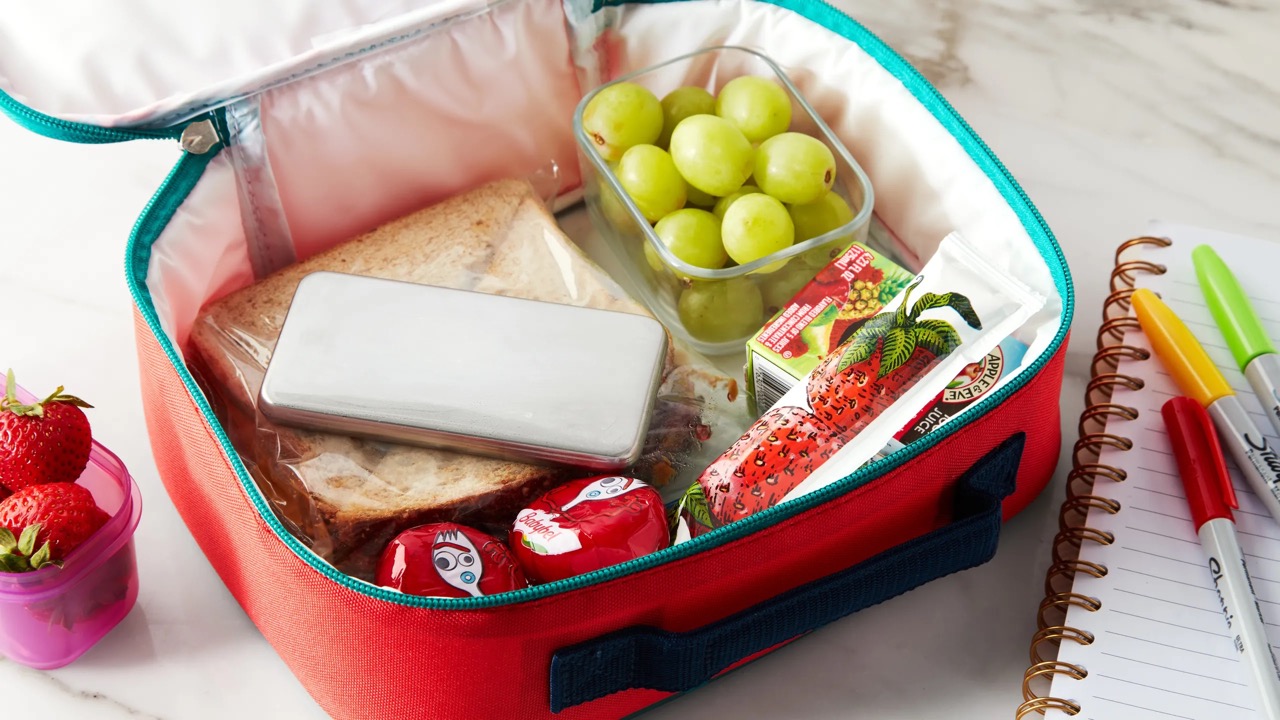
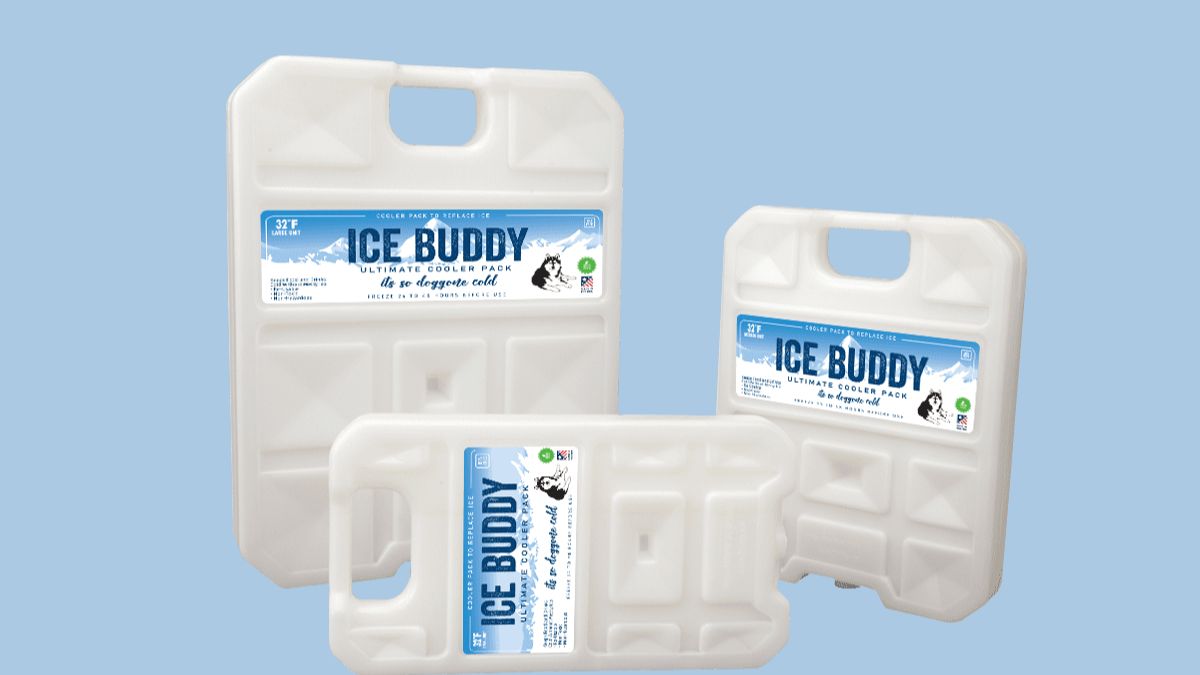


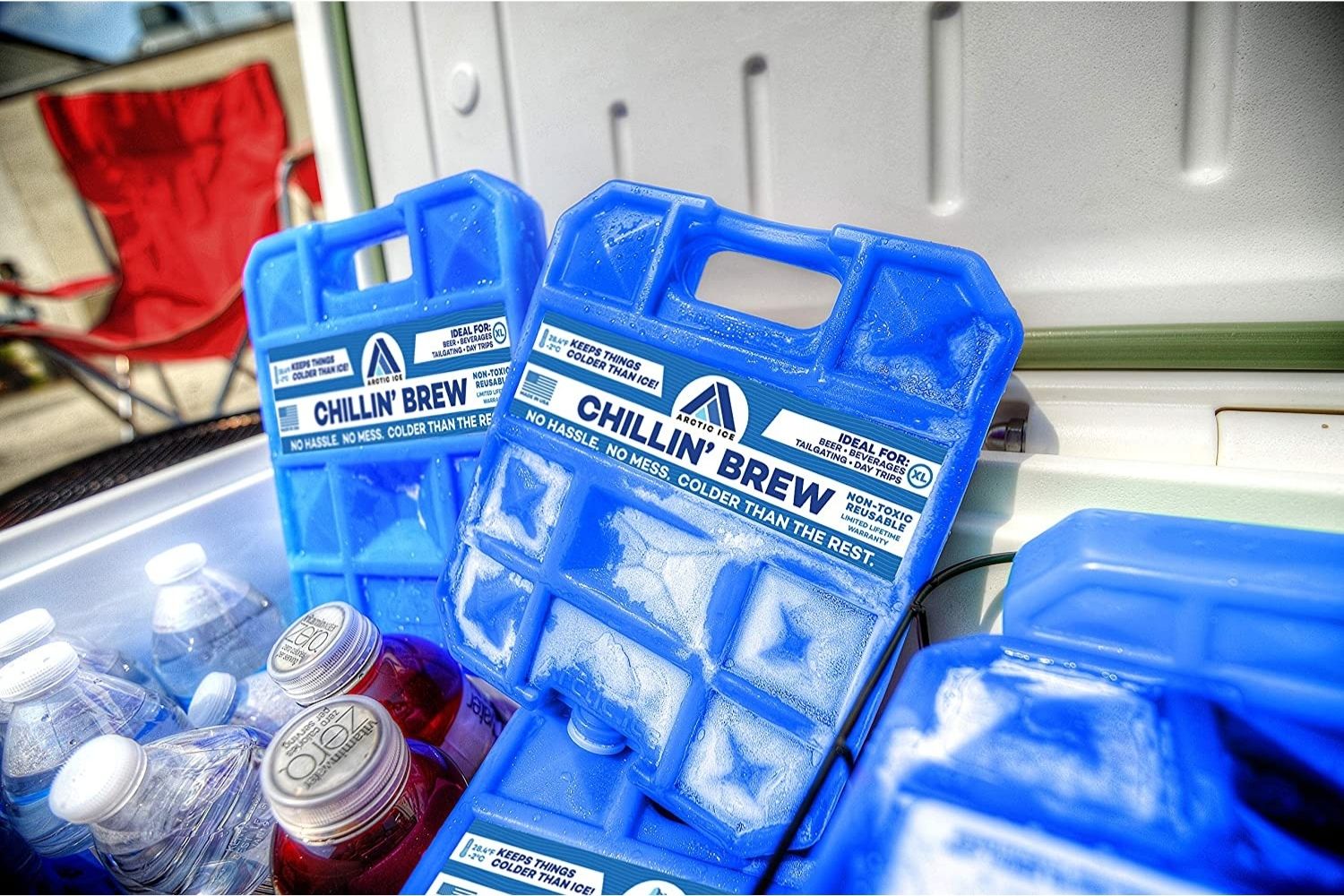
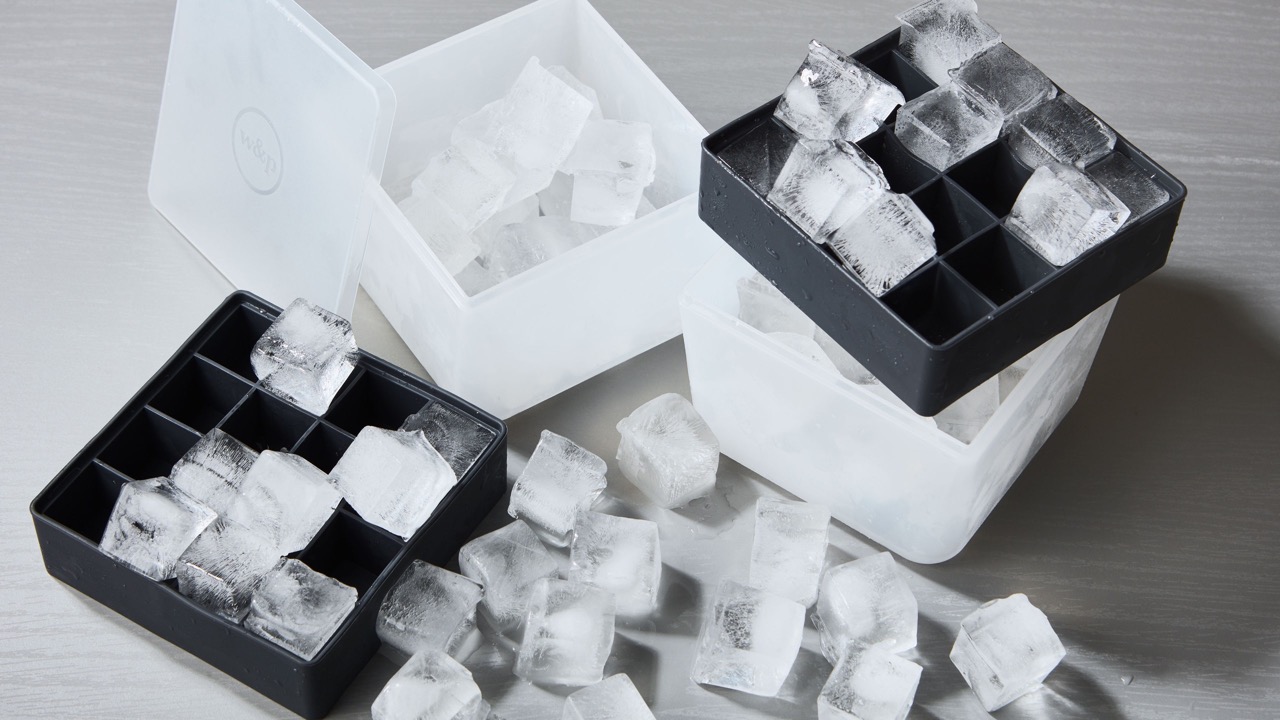
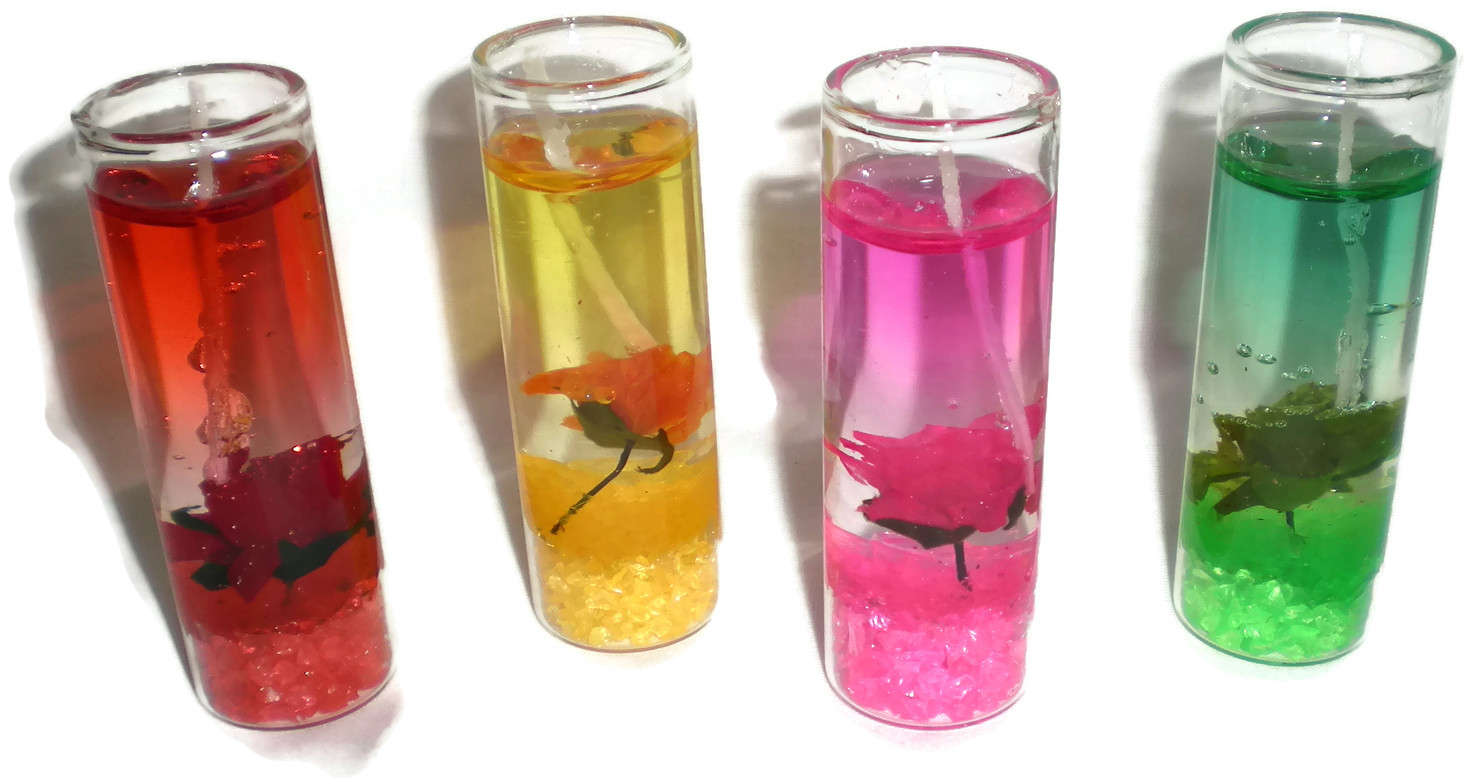


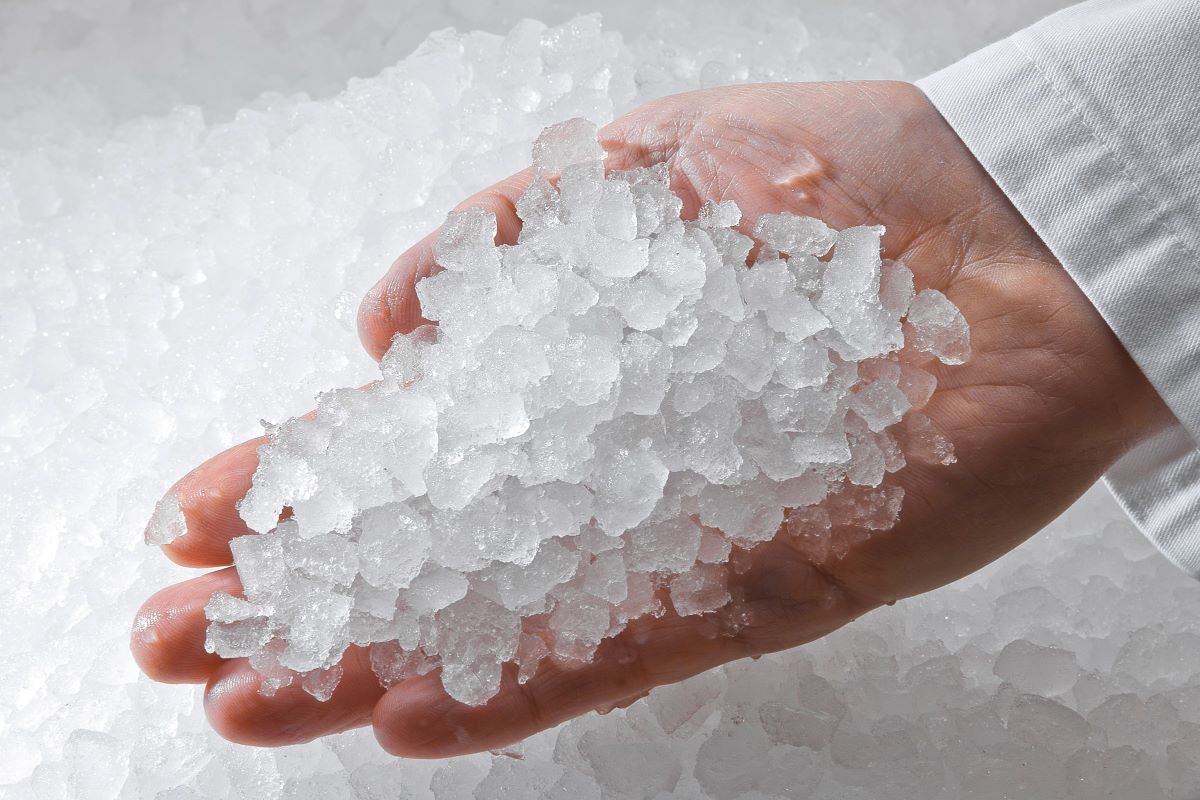


0 thoughts on “How To Store Gel Ice Packs”